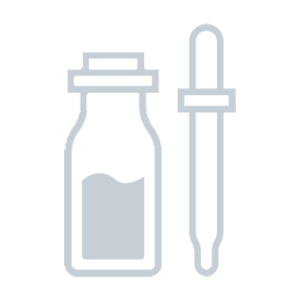Comparison between COSRX Low PH Niacinamide Micellar Cleansing Water vs. Torriden Cleansing Water
- 17 components -
- 27 components -
Find out which product is better for your skin.
Ingredients in both products 8
Components only in COSRX Low PH Niacinamide Micellar Cleansing Water 8
Uniqueness: 50.0%
Components only in Torriden Cleansing Water 19
Butylene Glycol, Polyglyceryl-6 Caprylate, Isononyl Isononanoate, Hyaluronic Acid, Sodium Acetylated Hyaluronate and 14 more. Show all.
Uniqueness: 70.4%
Face to Face
Components position by position
1
Water
1
Water
2
Dipropylene Glycol
2
Butylene Glycol
3
Polyglyceryl-4 Caprate
3
Polyglyceryl-6 Caprylate
4
Panthenol
4
Isononyl Isononanoate
5
Sodium Hyaluronate
5
Panthenol
6
Allantoin
6
Sodium Hyaluronate
7
Niacinamide
7
Hyaluronic Acid
8
Zinc PCA
8
Sodium Acetylated Hyaluronate
Show others
Positive Effects
Find out what good effects the product has
Both products provide the following effects: Antioxidant, Moisturizing, Pore Shrinking, Softening, Soothing, Anti-aging, Healing, Elasticity improvement, Rejuvenation, Regeneration, Hair conditioning, Hair protection
Effects unique for Low PH Niacinamide Micellar Cleansing Water:
Cleansing, Acne fighting, Lightening, Lifting, Antiseptic, Deodorant, Hair growth stimulatingEffects unique for Cleansing Water:
Tones up skin-- Show more --
ECO Metrics
Find out how eco-friendly the components are
Vegan
No
No
Cruelty free
Yes
No
Reef safe
Yes
Yes
Ozone layer safe
Yes
Yes
Organic score
natural
4 out of 16
25%
chemical
11 out of 16
69%
natural
6 out of 27
22%
chemical
16 out of 27
59%
Concerns
Pay attention to this information
-- Extra information --
Components by Skin Type
Find out what components are good or bad for your skin type
Dry skin
Positive: 4Negative: 0
Panthenol#4Sodium Hyaluronate#5Allantoin#61,2-Hexanediol#13
Oily skin
Positive: 1Negative: 0
Allantoin#6
Sensitive skin
Positive: 1Negative: 1
Allantoin#6Citric Acid#15
Dry skin
Positive: 5Negative: 0
Butylene Glycol#2Panthenol#5Sodium Hyaluronate#6Allantoin#161,2-Hexanediol#23
Oily skin
Positive: 2Negative: 0
Hamamelis Virginiana (Witch Hazel) Extract#12Allantoin#16
Sensitive skin
Positive: 1Negative: 0
Allantoin#16

